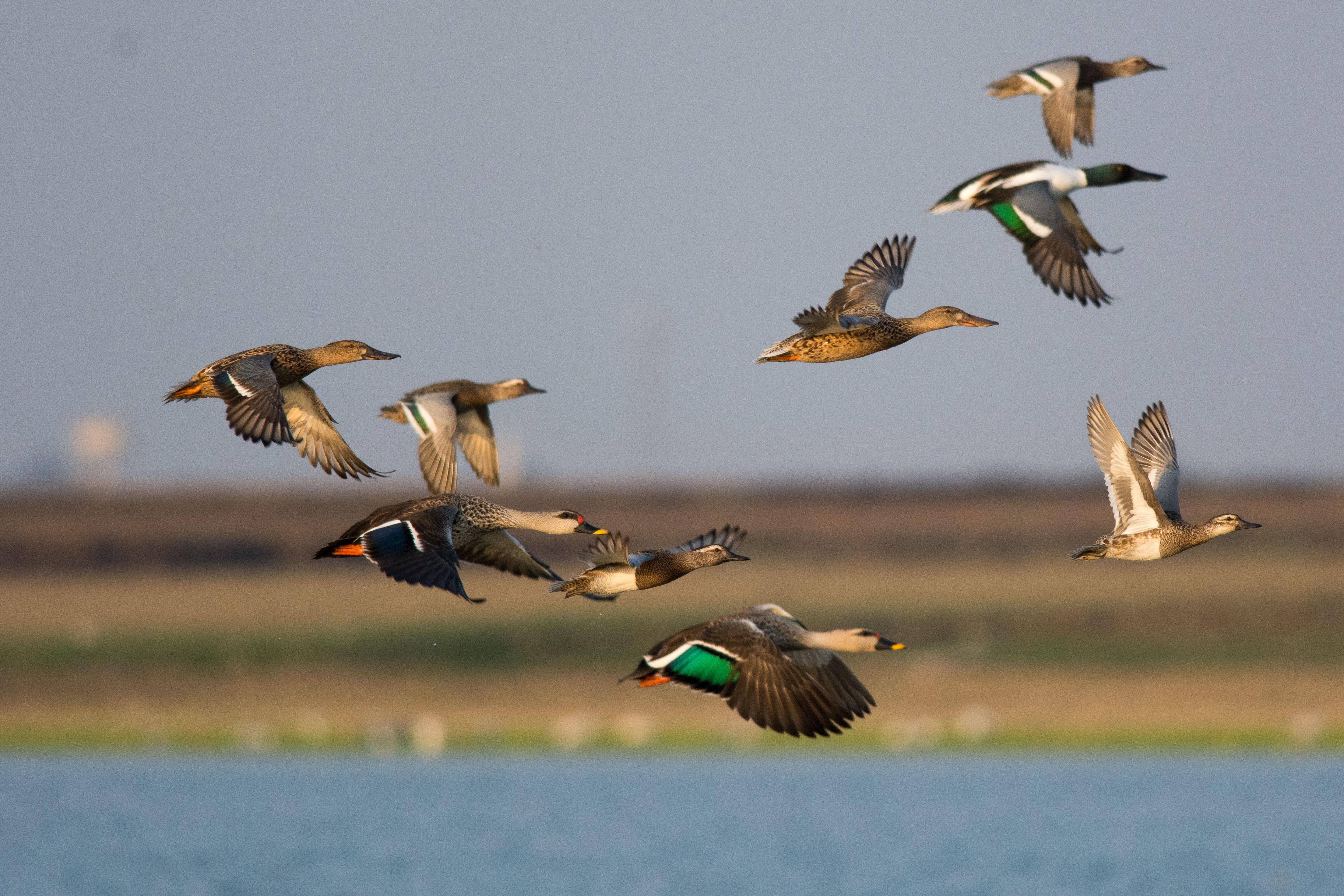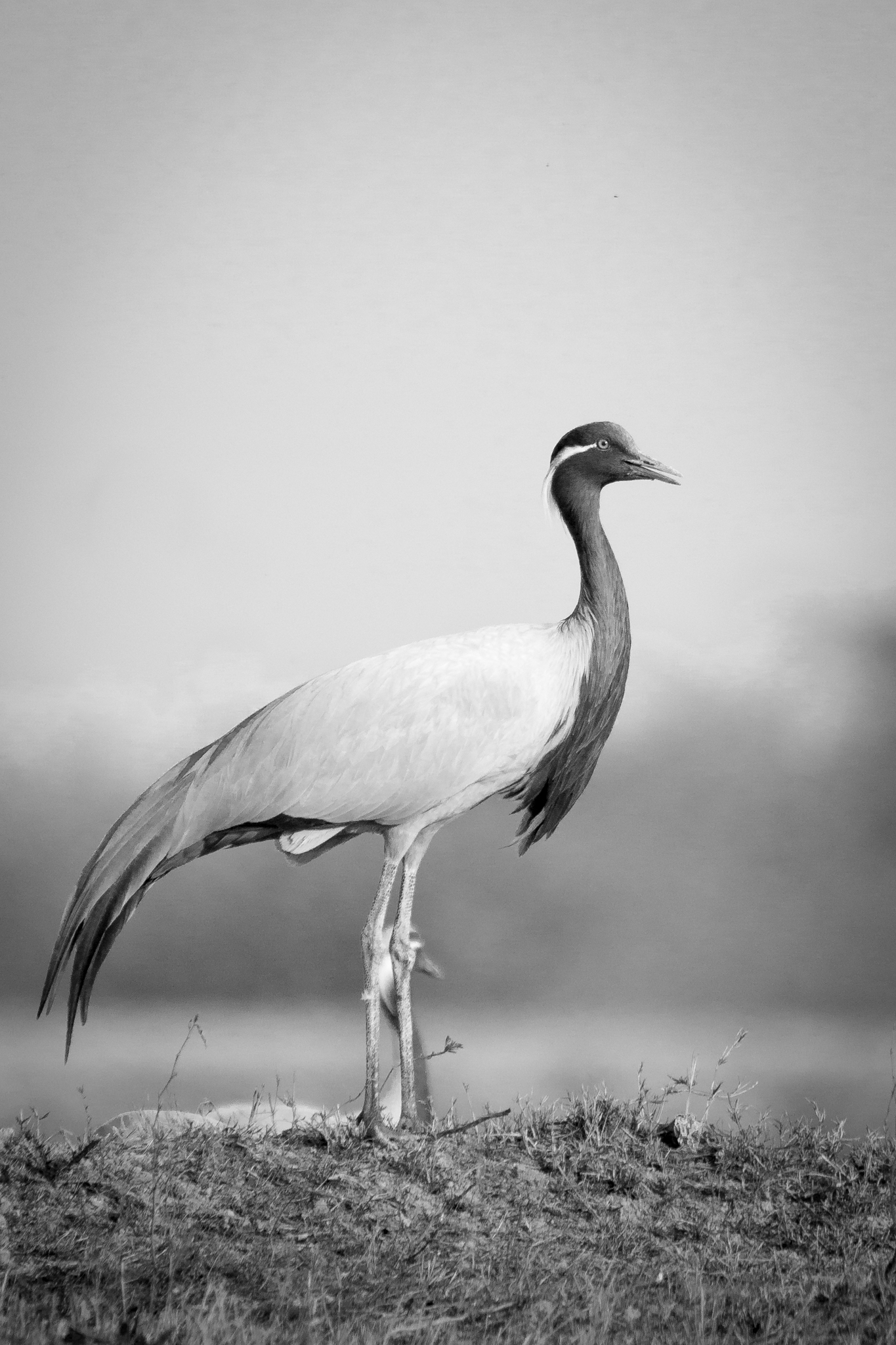|
Bhigwan
Bhigwan (Marathi: भिगवन) is a town on the border of the Ahmednagar, Pune and Solapur districts in the Indian state of Maharashtra. Bhigwan is famous for birdwatching, especially flamingo and wildlife photography. It is also famous for its authentic Maharashtrian spicy fish dish. Geography It is located on the Pune-Solapur Highway around 100 km from Pune on the backwaters of the Ujani Dam. The distance between Solapur and Bhigwan is 151 km. It is also known as mini Bharatpur. The Ujani Dam is constructed on the Bhima River. The water of the dam has created a shallow wetland and hosts many birds, which serves as an important hotspot for amateur and avid birders. Fauna At Bhigwan, ducks, herons, egrets, raptors and waders along with flocks of hundreds of flamingos are present. At times, 1,000-1,200 flamingos are seen. Low rainfall and low water levels have reduced the birds' numbers. More than 230 species of migratory birds are found there, including pai ... [...More Info...] [...Related Items...] OR: [Wikipedia] [Google] [Baidu] |
Ujani Dam
Ujjani Dam, also known as Bhima Dam or Bhima Irrigation Project, on the Bhima River, a tributary of the Krishna River, is an dam#Earth-fill dams, earthfill cum Gravity dam, Masonry gravity dam located near Ujjani village of Madha Taluk in Solapur district of the state of Maharashtra in India. The Bhima River, which originates in Bhimashankar of the Western Ghats, and forms the Bhima Valley with its tributary rivers and streams, has twenty-two dams built on it of which the Ujjani Dam is the terminal dam on the river and is the largest in the valley that intercepts a catchment area of (which includes a free catchment of ). The construction of the dam project including the canal system on both banks was started in 1969 at an initial estimated cost of rupee, Rs 400 million and when completed in June 1980 the cost incurred was of the order of Rs 3295.85 million. The reservoir created by the high earth cum concrete gravity dam on the Bhima River has a gross storage capacity of . The ... [...More Info...] [...Related Items...] OR: [Wikipedia] [Google] [Baidu] |
Osprey
The osprey (''Pandion haliaetus''), , also called sea hawk, river hawk, and fish hawk, is a diurnal, fish-eating bird of prey with a cosmopolitan range. It is a large raptor reaching more than in length and across the wings. It is brown on the upperparts and predominantly greyish on the head and underparts. The osprey tolerates a wide variety of habitats, nesting in any location near a body of water providing an adequate food supply. It is found on all continents except Antarctica, although in South America it occurs only as a non-breeding migrant. As its other common names suggest, the osprey's diet consists almost exclusively of fish. It possesses specialised physical characteristics and exhibits unique behaviour to assist in hunting and catching prey. As a result of these unique characteristics, it has been given its own taxonomic genus, ''Pandion'', and family, Pandionidae. Taxonomy The osprey was described by Carl Linnaeus under the name ''Falco haliaeetus'' in his ... [...More Info...] [...Related Items...] OR: [Wikipedia] [Google] [Baidu] |
States And Territories Of India
India is a federal union comprising 28 states and 8 union territories, with a total of 36 entities. The states and union territories are further subdivided into districts and smaller administrative divisions. History Pre-independence The Indian subcontinent has been ruled by many different ethnic groups throughout its history, each instituting their own policies of administrative division in the region. The British Raj mostly retained the administrative structure of the preceding Mughal Empire. India was divided into provinces (also called Presidencies), directly governed by the British, and princely states, which were nominally controlled by a local prince or raja loyal to the British Empire, which held ''de facto'' sovereignty ( suzerainty) over the princely states. 1947–1950 Between 1947 and 1950 the territories of the princely states were politically integrated into the Indian union. Most were merged into existing provinces; others were organised into ... [...More Info...] [...Related Items...] OR: [Wikipedia] [Google] [Baidu] |
Collared Pratincole
The collared pratincole (''Glareola pratincola''), also known as the common pratincole or red-winged pratincole, is a wader in the pratincole family, Glareolidae. As with other pratincoles, it is native to the Old World. Taxonomy The collared pratincole was formally described by the Swedish naturalist Carl Linnaeus in 1766 in the twelfth edition of his ''Systema Naturae''. He placed it with the swallows and swifts in the genus ''Hirundo'' and coined the binomial name ''Hirundo pratincola''. The collared pratincole is now placed in the genus ''Glareola'' that was introduced by the French zoologist Mathurin Jacques Brisson in 1760. The genus name is a diminutive of Latin ''glarea'', "gravel", referring to a typical nesting habitat for pratincoles. The species name ''pratincola'' means an inhabitant of meadows, from Latin ''pratum, prati'', "meadow" and ''incola'', "inhabitant", from ''incolere'', "to inhabit". Two subspecies are recognised: * ''Glareola pratincola pratincola' ... [...More Info...] [...Related Items...] OR: [Wikipedia] [Google] [Baidu] |
Eurasian Spoonbill
The Eurasian spoonbill (''Platalea leucorodia''), or common spoonbill, is a wading bird of the ibis and spoonbill family Threskiornithidae. The genus name ''Platalea'' is from Latin and means "broad", referring to the distinctive shape of the bill, and ''leucorodia'' is from Ancient Greek ''leukerodios'' "spoonbill", itself derived from ''leukos'', "white" and ''erodios'' "heron". In England it was traditionally known as the "shovelard", a name later used for the Northern Shoveller. Taxonomy and systematics A study of mitochondrial DNA of the spoonbills found that the Eurasian spoonbill is sister taxon to a clade containing the royal and black-faced spoonbills. The Eurasian spoonbill has three subspecies: * ''P. l. leucorodia'' – Linnaeus, 1758: nominate, occupies all the range except as below. * ''P. l. balsaci'' – Naurois & Roux, 1974: found on the islands off the Banc d'Arguin, Mauritania. * ''P. l. archeri'' – Neumann, 1928: found on the coasts of the Red Sea and So ... [...More Info...] [...Related Items...] OR: [Wikipedia] [Google] [Baidu] |
Greater Flamingo
The greater flamingo (''Phoenicopterus roseus'') is the most widespread and largest species of the flamingo family. It is found in Africa, the Indian subcontinent, the Middle East, and in southern Europe. Taxonomy The greater flamingo was described by Peter Simon Pallas in 1811. It was previously thought to be the same species as the American flamingo (''Phoenicopterus ruber''), but because of coloring differences of its head, neck, body, and bill, the two flamingos are now most commonly considered separate species. The greater flamingo has no subspecies. Description The greater flamingo is the largest living species of flamingo, averaging tall and weighing . The largest male flamingos have been recorded at up to tall and . Most of the plumage is pinkish-white, but the wing coverts are red and the primary and secondary flight feathers are black. The bill is pink with a restricted black tip, and the legs are entirely pink. The call is a goose-like honking. Chicks are cover ... [...More Info...] [...Related Items...] OR: [Wikipedia] [Google] [Baidu] |
Demoiselle Crane
The demoiselle crane (''Grus virgo'') is a species of crane found in central Eurosiberia, ranging from the Black Sea to Mongolia and North Eastern China. There is also a small breeding population in Turkey. These cranes are migratory birds. Birds from western Eurasia will spend the winter in Africa while the birds from Asia, Mongolia and China will spend the winter in the Indian subcontinent. The bird is symbolically significant in the culture of India, where it is known as ''Koonj'' or ''Kurjaa''. Description The demoiselle is long, tall and has a wingspan. It weighs . It is the smallest species of crane. The demoiselle crane is slightly smaller than the common crane but has similar plumage. It has a long white neck stripe and the black on the foreneck extends down over the chest in a plume. It has a loud trumpeting call, higher-pitched than the common crane. Like other cranes it has a dancing display, more balletic than the common crane, with less leaping. The demoise ... [...More Info...] [...Related Items...] OR: [Wikipedia] [Google] [Baidu] |
Bar-headed Goose
The bar-headed goose (''Anser indicus'') is a goose that breeds in Central Asia in colonies of thousands near mountain lakes and winters in South Asia, as far south as peninsular India. It lays three to eight eggs at a time in a ground nest. It is known for the extreme altitudes it reaches when migrating across the Himalayas. Taxonomy The grey goose genus ''Anser'' has no other member indigenous to the Indian region, nor any at all to the Ethiopian, Australian, or Neotropical regions. Ludwig Reichenbach placed the bar-headed goose in the monotypic genus ''Eulabeia'' in 1852, though John Boyd's taxonomy treats both ''Eulabeia'' and the genus ''Chen'' as subgenera of ''Anser''. Description The bird is pale grey and is easily distinguished from any of the other grey geese of the genus ''Anser'' by the black bars on its head. It is also much paler than the other geese in this genus. In flight, its call is a typical goose honking. A mid-sized goose, it measures in total length and w ... [...More Info...] [...Related Items...] OR: [Wikipedia] [Google] [Baidu] |
Painted Stork
The painted stork (''Mycteria leucocephala'') is a large wading bird, wader in the stork family. It is found in the wetlands of the plains of tropical Asia south of the Himalayas in the Indian Subcontinent and extending into Southeast Asia. Their distinctive pink Flight feather#Tertials, tertial feathers of the adults give them their name. They forage in flocks in shallow waters along rivers or lakes. They immerse their half open beaks in water and sweep them from side to side and snap up their prey of small fish that are sensed by touch. As they wade along they also stir the water with their feet to flush hiding fish. They nest colonially in trees, often along with other waterbirds. The only sounds they produce are weak moans or bill clattering at the nest. They are not bird migration, migratory and only make short distance movements in some parts of their range in response to changes in weather or food availability or for breeding. Like other storks, they are often seen soaring ... [...More Info...] [...Related Items...] OR: [Wikipedia] [Google] [Baidu] |
Wader
245px, A flock of Dunlins and Red knots">Red_knot.html" ;"title="Dunlins and Red knot">Dunlins and Red knots Waders or shorebirds are birds of the order Charadriiformes commonly found wikt:wade#Etymology 1, wading along shorelines and mudflats in order to foraging, forage for food crawling or burrowing in the mud and sand, usually small arthropods such as aquatic insects or crustaceans. The term "wader" is used in Europe, while "shorebird" is used in North America, where "wader" may be used instead to refer to long-legged wading birds such as storks and herons. There are about 210 species of wader, most of which live in wetland or coastal environments. Many species of Arctic and temperate regions are strongly migratory, but tropical birds are often resident, or move only in response to rainfall patterns. Some of the Arctic species, such as the little stint, are amongst the longest distance migrants, spending the non- breeding season in the southern hemisphere. Many of the s ... [...More Info...] [...Related Items...] OR: [Wikipedia] [Google] [Baidu] |




